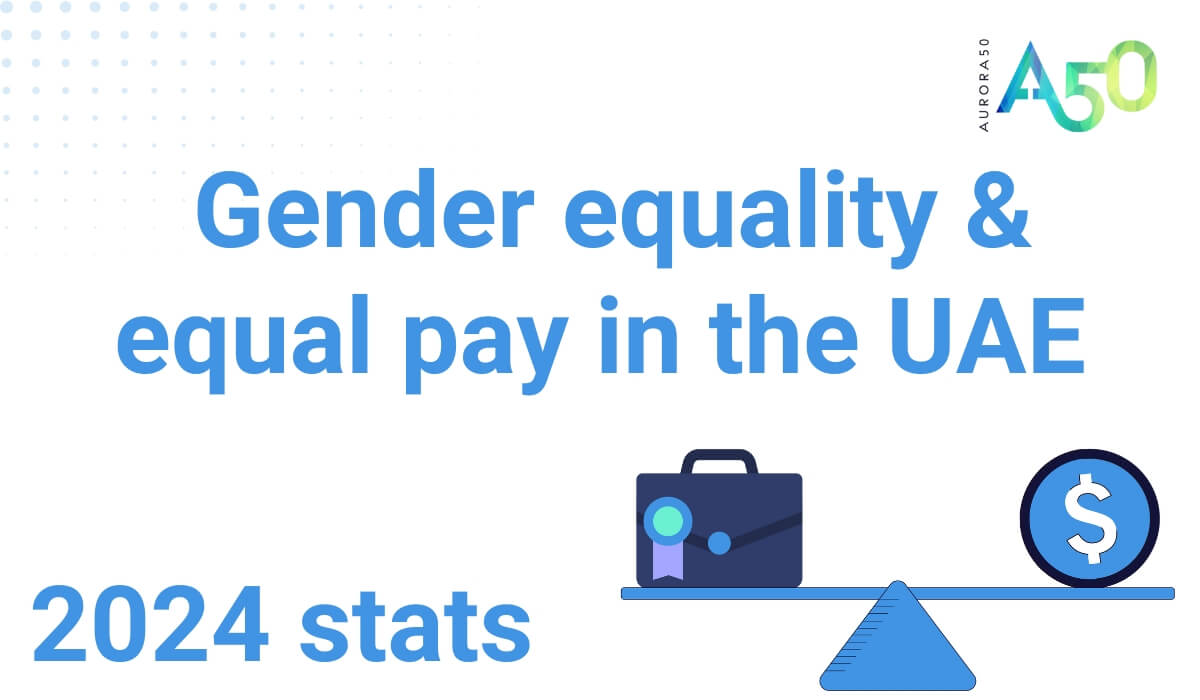Report on European Household Financial Strain in Relation to Sustainable Development Goals
Introduction: Analysis of Financial Precarity Indicators
An analysis of household financial capacity across the European Union reveals significant challenges related to economic stability. A key indicator of this strain is the inability of a substantial portion of the population to afford a one-week annual holiday away from home. This metric serves as a proxy for disposable income and financial resilience, directly reflecting progress, or lack thereof, towards several key Sustainable Development Goals (SDGs).
Implications for SDG 1: No Poverty
The inability to afford a basic annual holiday is a critical indicator of populations at risk of poverty or social exclusion. This finding directly challenges the ambitions of SDG 1, which aims to end poverty in all its forms everywhere.
- It highlights that even within developed economies, a significant number of households lack the financial buffer to participate in common social and cultural activities.
- This form of deprivation extends beyond material lack, impacting social inclusion and personal well-being.
- Progress on SDG 1 requires addressing not only absolute poverty but also relative poverty and the capacity for full social participation.
Linkages to SDG 8: Decent Work and Economic Growth
The data underscores a disconnect between economic activity and equitable prosperity, a core concern of SDG 8. The goal promotes sustained, inclusive, and sustainable economic growth, full and productive employment, and decent work for all.
- The prevalence of financial strain among households suggests that employment may be characterized by low wages, precariousness, or insufficient hours.
- “Decent work” must provide wages sufficient for a dignified life, which includes provisions for rest and leisure.
- Economic growth is not truly inclusive if it fails to improve the living standards and financial security of the working population.
Addressing SDG 10: Reduced Inequalities
Disparities in the ability to afford a holiday between and within Member States point to persistent inequalities, a direct focus of SDG 10. The goal aims to reduce inequality within and among countries.
- The data reveals a clear divide between different regions of the European Union, reflecting broader economic and social inequalities.
- Addressing these disparities is crucial for fostering social cohesion and ensuring that the benefits of economic integration are shared more evenly.
- Policies must target the root causes of inequality, including disparities in income, social protection, and access to opportunities.
Correlation with SDG 3: Good Health and Well-being
Financial precarity and the inability to take time off for rest and recuperation have direct consequences for physical and mental health, which are central to SDG 3.
- Chronic financial stress is a known contributor to a range of health problems.
- Leisure and holidays are essential for preventing burnout, reducing stress, and promoting overall mental well-being.
- Ensuring populations can afford periods of rest is a preventative health measure that aligns with the objectives of SDG 3.
Policy Recommendations for SDG Alignment
To address these findings and accelerate progress towards the SDGs, a multi-faceted policy approach is required. The following actions are recommended:
- Strengthen Social Protection Systems: Enhance minimum income schemes and social safety nets to provide a robust buffer against poverty and financial shocks, directly supporting SDG 1.
- Promote Fair Wage Policies: Implement and enforce policies that ensure a living wage, enabling workers to meet their basic needs and afford rest, in line with SDG 8.
- Implement Cohesion Policies: Utilize EU structural and investment funds to reduce economic disparities between Member States, fostering balanced development and targeting SDG 10.
- Integrate Well-being into Policy: Recognize the importance of rest and leisure for public health and incorporate measures, such as support for social tourism, to advance SDG 3.
Analysis of Sustainable Development Goals in the Article
1. Identified SDGs
- The provided article is empty and contains no text or data. Therefore, no issues are discussed, and no Sustainable Development Goals (SDGs) can be identified as relevant.
2. Specific Targets
- Since the article lacks content and no SDGs could be identified, it is not possible to determine any specific targets.
3. Progress Indicators
- The article does not contain any information, so no indicators are mentioned or implied that could be used to measure progress towards any targets.
Summary Table of Findings
| SDGs | Targets | Indicators |
|---|---|---|
| No information available in the article. | No information available in the article. | No information available in the article. |
Source: statista.com







